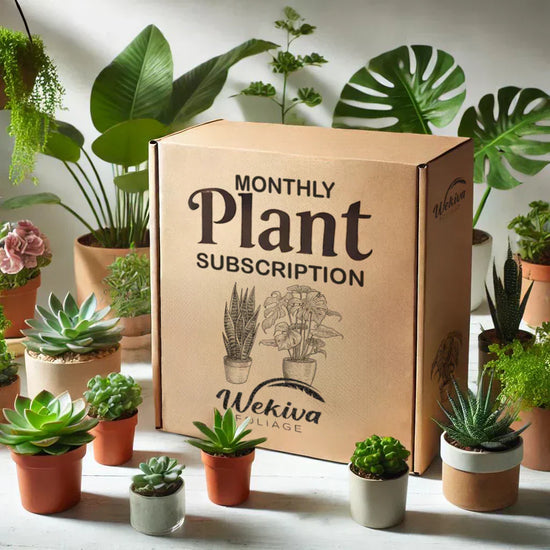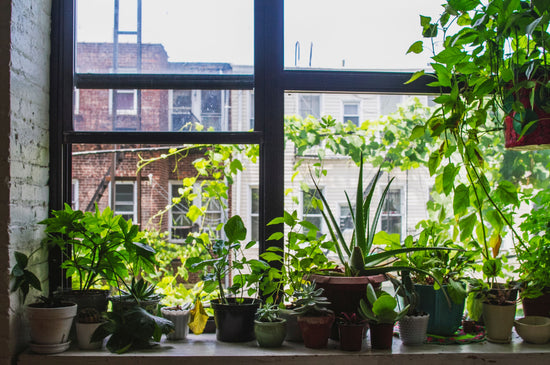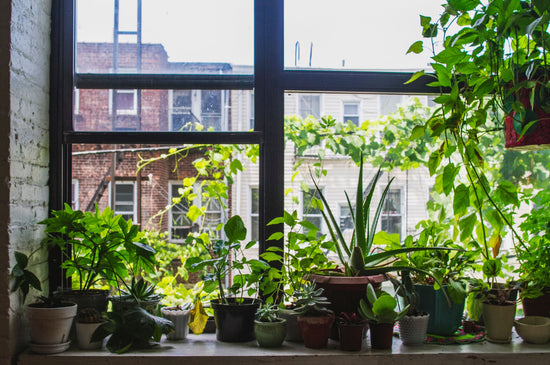The Ultimate Guide to Starting Your Blueberry Garden with a 4-Pack of Grower’s Choice Starter Plants
Are you ready to transform your garden into a thriving haven of delicious, homegrown blueberries? Blueberries are more than just a superfood; they’re a gateway to a healthier lifestyle and a stunning addition to any garden. Whether you’re a seasoned gardener or a novice, our Blueberry Variety Pack offers a perfect start with four live starter plants that cater to diverse climates and preferences. Order your Blueberry Variety Pack today and embark on your gardening journey.
Why Grow Blueberries?
Blueberries are a must-have addition to any home garden for their health benefits, versatility, and ease of cultivation. These small but mighty berries are rich in antioxidants, vitamins C and K, and dietary fiber. Beyond their nutritional value, blueberries are a gardener’s dream—easy to grow, highly productive, and beautiful.
Imagine enjoying fresh blueberries on a bush right in your backyard or plucking sweet blueberries on a plant grown in a container on your patio. The possibilities are endless, whether you’re planting a classic blueberry bush or exploring unique varieties like Pink Lemonade Blueberry Plants or the ornamental Japanese Blueberry Tree.
Understanding Blueberry Varieties
Highbush Blueberries (Vaccinium corymbosum)
The most popular choice for home gardeners, highbush blueberries thrive in cooler climates and produce large, flavorful berries. Varieties like Legacy Blueberry, Patriot Blueberry, and Duke Blueberry offer different ripening times, ensuring a steady harvest throughout the season.
Rabbiteye Blueberries (Vaccinium ashei)
Perfect for warmer regions, rabbiteye blueberries are resilient, drought-tolerant, and produce abundant fruit. Popular varieties include Climax Blueberry, Brightwell Blueberry, and Powder Blue Blueberry.
Lowbush Blueberries (Vaccinium angustifolium)
Native to North America, lowbush blueberries are compact and hardy, ideal for colder climates. These bushes are perfect for naturalizing in wild gardens and produce small, intensely flavored berries.
Southern Highbush Blueberries
A hybrid of highbush and native species, southern highbush blueberries adapt well to both mild and warm climates. Varieties like Sunshine Blue Blueberry and Blueray Blueberry are popular for their versatility and high yields.
Specialty Varieties
-
Pink Lemonade Blueberry: Known for its unique pink berries and sweet flavor.
-
Top Hat Blueberry: Compact and perfect for containers.
-
Peach Sorbet Blueberry: A colorful and flavorful option for patio gardening.
-
Chandler Blueberry: Produces some of the largest berries available.
-
Japanese Blueberry Tree: Ornamental and stunning, though not fruit-bearing.
Getting Started: Planting Your Blueberry Bushes
Choosing the Right Location
Blueberries thrive in sunny spots with acidic, well-drained soil. If you don’t have naturally acidic soil, container gardening with a specialized soil mix is an excellent alternative.
Preparing the Soil
-
Test your soil pH and amend it to reach a range of 4.5–5.5 using sulfur or organic matter like peat moss.
-
Add compost to improve fertility and drainage.
-
Mulch with pine bark or needles to retain moisture and suppress weeds.
Planting Tips
-
Spacing: Space bushes 4–6 feet apart for optimal air circulation and growth.
-
Depth: Dig holes twice as wide and deep as the root ball.
-
Watering: Keep soil moist but not waterlogged, especially during the first two years.
Growing Blueberries in Containers
For gardeners with limited space, container gardening is a fantastic way to grow blueberries. Choose compact varieties like Top Hat Blueberry Plant or Peach Sorbet Blueberry.
Step-by-Step Guide
-
Choose the Right Pot: Use a container at least 18 inches wide with good drainage.
-
Soil Mix: Fill the pot with a mix designed for acid-loving plants.
-
Positioning: Place the pot in full sun for at least 6–8 hours daily.
-
Watering: Check soil moisture frequently and water when the top inch feels dry.
-
Fertilizing: Apply a slow-release fertilizer every 6–8 weeks.
Seasonal Care for Your Blueberry Plants
Pruning
Annual pruning in late winter or early spring promotes healthy growth and maximizes fruit production. Remove dead or weak branches and thin out older canes to encourage new growth.
Fertilizing
Feed your plants with fertilizers designed for acid-loving plants. Avoid over-fertilizing, as it can lead to excessive foliage growth at the expense of fruit.
Pest and Disease Management
-
Bird Protection: Use netting to protect your ripening fruit.
-
Pest Control: Watch for aphids, mites, and caterpillars; treat with organic insecticides if necessary.
-
Fungal Prevention: Ensure good air circulation and avoid overhead watering.
Maximizing Your Blueberry Harvest
-
Cross-Pollination: Plant multiple varieties to enhance pollination and increase yield.
-
Consistent Watering: Keep soil evenly moist during the growing season.
-
Sunlight: Ensure your plants receive adequate sunlight for optimal growth.
Unique Blueberry Products to Try
Pink Lemonade Blueberry Bush
A true standout, the Pink Lemonade Blueberry Bush produces sweet, pink-hued berries that are as delightful to eat as they are to look at.
Japanese Blueberry Plant
Though not fruit-bearing, the Japanese Blueberry Tree is a beautiful ornamental addition to any garden.
Rabbiteye Blueberry Varieties
Explore heat-tolerant varieties like Brightwell Blueberry and Powder Blue Blueberry for robust, productive bushes.
Frequently Asked Questions
What’s the difference between a blueberry bush and a blueberry tree?
A blueberry bush typically grows up to 6 feet tall and produces edible fruit. The term "blueberry tree" often refers to ornamental species like the Japanese Blueberry Tree, which doesn’t bear fruit.
How long does it take for blueberries to bear fruit?
Blueberry plants typically produce fruit in their second or third year after planting.
Can I grow blueberries indoors?
Yes, with the right conditions! Use a sunny window or grow light and choose compact varieties like Top Hat Blueberry Plant.
Are pink blueberries real?
Absolutely! Varieties like Pink Lemonade Blueberry are real and produce sweet, pink-colored fruit.
What’s the best time to plant blueberries?
Early spring and fall are the best times to plant blueberries, as they allow roots to establish before extreme weather conditions.
Start Your Blueberry Journey Today
With proper care, blueberries are one of the most rewarding plants you can grow. From classic blueberry bushes to plant in your garden to unique options like pink blueberries and rabbiteye blueberry varieties, there’s something for everyone. Order your Blueberry Variety Pack today and turn your garden into a fruitful paradise filled with vibrant, delicious berries.






